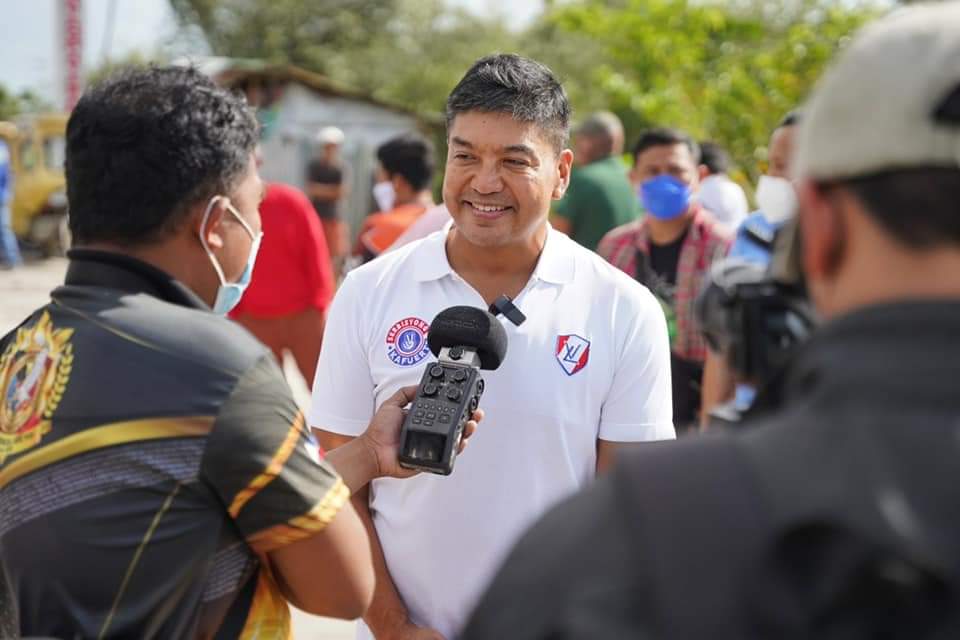Greater control to LGUs: Villafuerte bats for localized disaster reduction management
At A Glance
- Camarines Sur 2nd district Rep. LRay Villafuerte said he fully supports the proposal to localize disaster risk management in a bid to achieve a more effective and flexible response to calamities at the community level.
 Camarines Sur 2nd district Rep. LRay Villafuerte (Facebook)
Camarines Sur 2nd district Rep. LRay Villafuerte (Facebook)
Camarines Sur 2nd district Rep. LRay Villafuerte said he fully supports the proposal to localize disaster risk management in a bid to achieve a more effective and flexible response to calamities at the community level.
In a statement on Thursday, Oct. 17, Villafuerte says a localized approach is necessary as Filipinos grapple with the increasing frequency and intensity of disasters brought upon by climate change.
“Local executives really need to have a greater say in disaster risk response and management in their localities as they are the ones on the ground who have a clear grasp of what needs to be done right away and in the long term in the communities under their respective areas of jurisdiction,” he said.
The lawmaker said this is especially relevant to barangays or communities near bodies of water, which are at high risk to flash floods, typhoons, tsunamis, and other natural calamities.
“Of course, the overall direction and supervision of DRRM (disaster risk reduction and management) must remain at the level of the national government to maintain a holistic approach to dealing with natural disasters and calamities, but the LGUs (local government units) need to be given greater control over the actual implementation of the DRRM response on the ground,” added Villafuerte.
This proposal to localize disaster risk management was raised by the Department of Environment and Natural Resources (DENR) Secretary Maria Antonia Yulo-Loyzaga at the opening of the 2024 Asia Pacific Ministerial Conference on Disaster Risk Reduction (APMCDRR).
In her message at the event, Loyzaga emphasized that in light of the varied geographies in the Philippines, addressing particular hazards in different ways at the local level is the most ideal approach.
Villafuerte said this proposition complemented President Marcos’ earlier call for a more resilient Asia-Pacific region by pursuing “deeper actions to reduce disaster risks and losses”.
The President stressed that “deeper innovation, closer cooperation and sustained commitment” are necessary amid the increasing frequency and severity of natural hazards.
Based on the latest World Risk Index, the Philippines once again ranked No. 1 on the list of most disaster-prone countries.
Out of 193 countries, the international-based report gave the country the highest score of 46.91—based on exposure to disasters and vulnerability to the effects of these calamities.